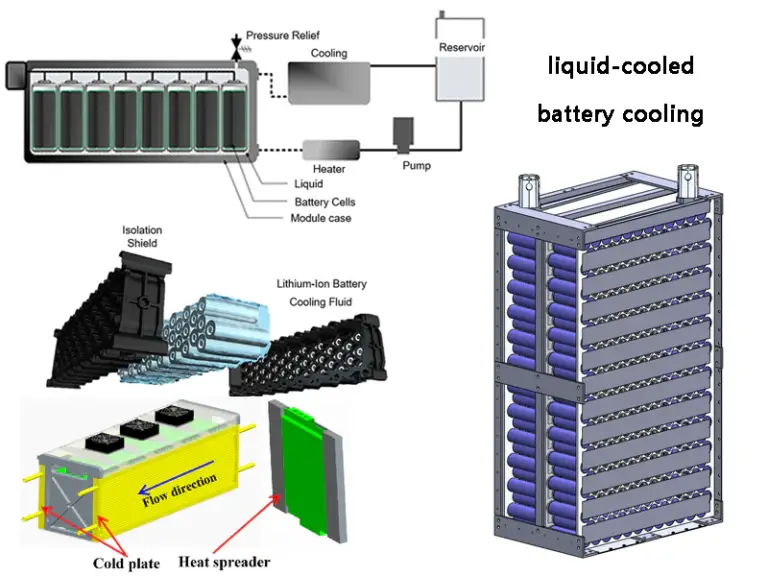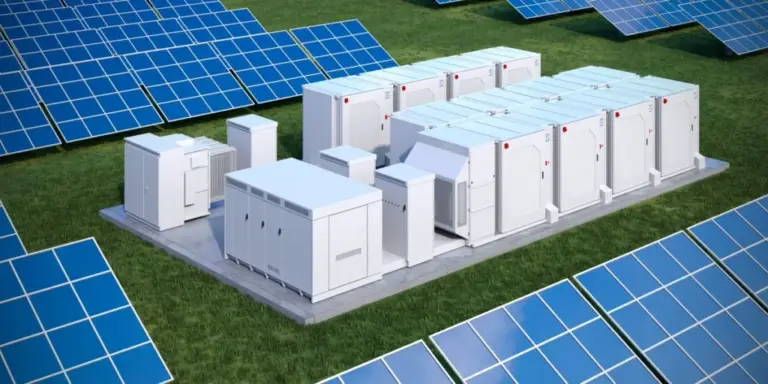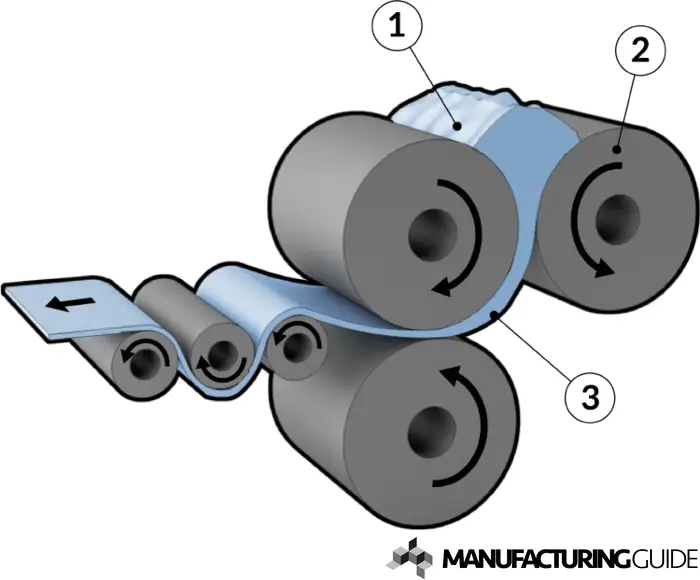Thermal Management of Liquid-Cooled Energy Storage Systems
Compared to traditional air-cooling systems, liquid-cooling systems have stronger safety performance, which is one of the reasons why liquid-cooled container-type energy storage systems are widely promoted. Liquid-cooled lithium batteries typically consist of two parts: the battery compartment and the electrical compartment. The battery compartment is composed of battery clusters, liquid-cooling systems, fire protection systems, and…



